Introduction to Fiber
Fiber is a substance that is very healthy in most cases, and it is great for the digestive system. However, it needs to be taken in moderation because too much fiber can have negative side effects.
Despite the benefits that fiber has to offer to the human body, the intake has its own set of side effects.
An individual should be consuming about 30 grams of fiber daily. Side effects are noticed in people who consume more than 45 grams daily.
Side Effects of Too Much Fiber
If a person has too much fiber in their diet there can be very uncomfortable and, at times, also very embarrassing side effects that accompany this increased intake of fiber.

One side effect of consuming too much fiber is flatulence, which can be very embarrassing, especially, in public situations.
Diarrhea is another one. It is not only embarrassing and uncomfortable, but it also results in the loss of bodily fluids, salts, and nutrients from the body.
Another side effect is abdominal discomfort, which is characterized by constant and nagging pain in the stomach.
Constipation can also occur when too much fiber is consumed.
Too much fiber can also lead to blockages and in some cases, people will have to be operated on to remove the blockage.
Consuming too much fiber can lead to unwanted weight gain as well.
- A higher natural dietary fiber (NDF) intake is associated with fewer metabolic diseases (obesity, diabetes and cardiovascular disease) and plays an essential role in intestinal health.
- Numerous studies have shown that there is even an inverse relationship between fiber absorption and the severity of disseminated lupus erythematosus. However, consuming too much fiber can decrease the absorption of certain minerals, proteins and vitamins essential in the management of this disease.
- Type 1 diabetes (T1D) is an autoimmune disease in which the pancreas’ insulin-producing cells are systematically destroyed. Although type 1 diabetes has a substantial hereditary component, the prevalence of type 1 diabetes has been steadily increasing in recent decades, suggesting that environmental variables (hygiene, antibiotic usage and food) have a significant role.
- Patients suffering from malabsorption should be advised to eat NDF with caution. Careful fiber consumption is also recommended for patients who have undergone bowel surgery. The higher the fiber intake, the higher the water intake should be because there is a risk of dehydration. Health professionals recommend a diet rich in high-fiber products. Although this recommendation is suitable for most patients, some people should not overdo such a diet. The Phytobezoar is a dense mass of NDF, seeds, leaves or other pieces that collects in the stomach or small intestine, obstructing the region. Some people have a predisposition to Phytobezoar.
How To Live With It?
However, people can find a way to live if taking in a lot of fiber. One way to balance the effects is to drink a lot of water. The reason for the troubling side effects is usually a very high consumption of fiber without drinking enough water. Therefore, if a person is suffering from the symptoms of eating too much fiber, it is a good idea to start drinking a lot more water to remedy the situation.
Drinking too much water can also be a problem, but when someone is consuming too much fiber and drinking too much water, then the two balance each other out.
It is also important to be aware of the fact that fiber makes food travel faster through the digestive system, which can cause people to feel full very quickly while eating.
This can be a problem because a person could feel full and not want to eat any more before he or she has consumed all of the necessary nutrients needed for a meal to be complete.
- medlineplus.gov/ency/article/002470.htm
- www.nhs.uk/live-well/eat-well/how-to-get-more-fibre-into-your-diet/
- Photo courtesy of formulatehealth via Wikimedia Commons: commons.wikimedia.org/wiki/File:High_Fibre_Foods.jpg



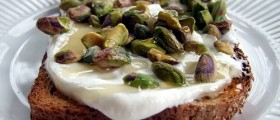
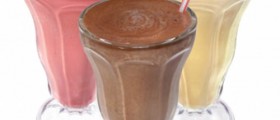
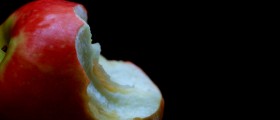

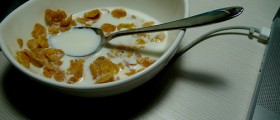
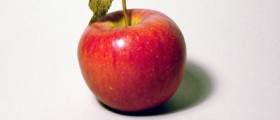

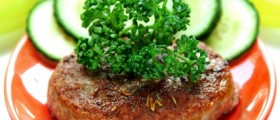
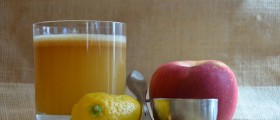
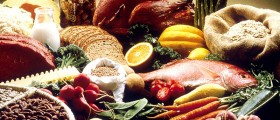
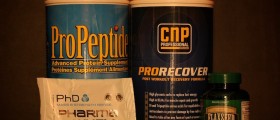


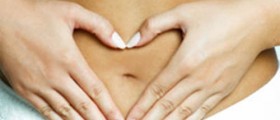
Your thoughts on this
Loading...